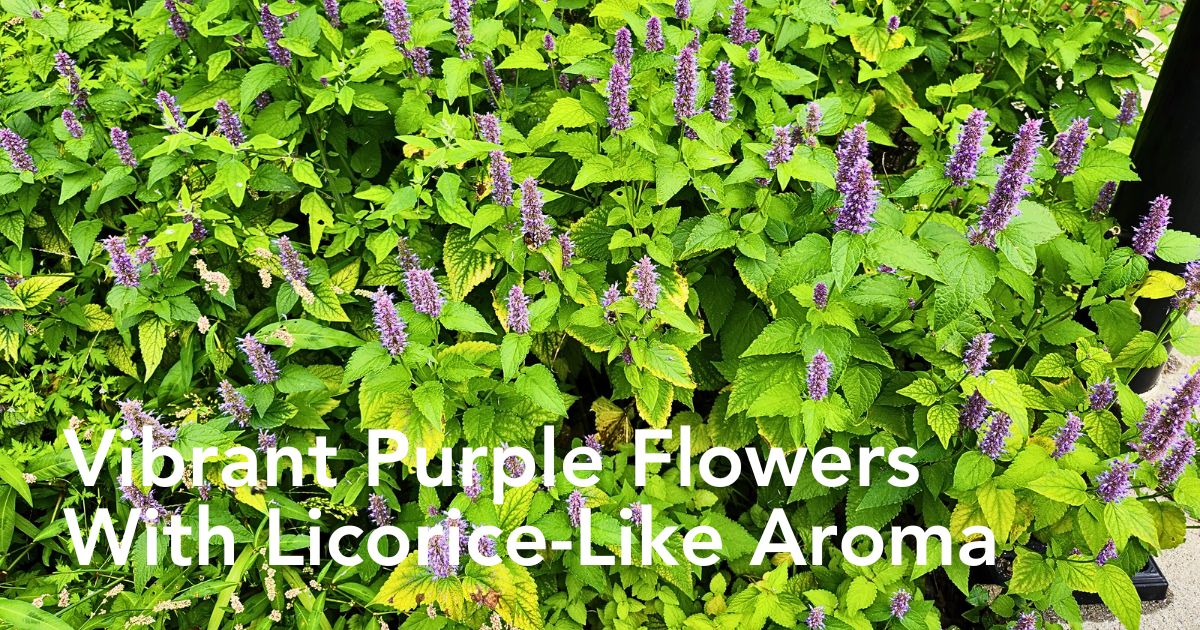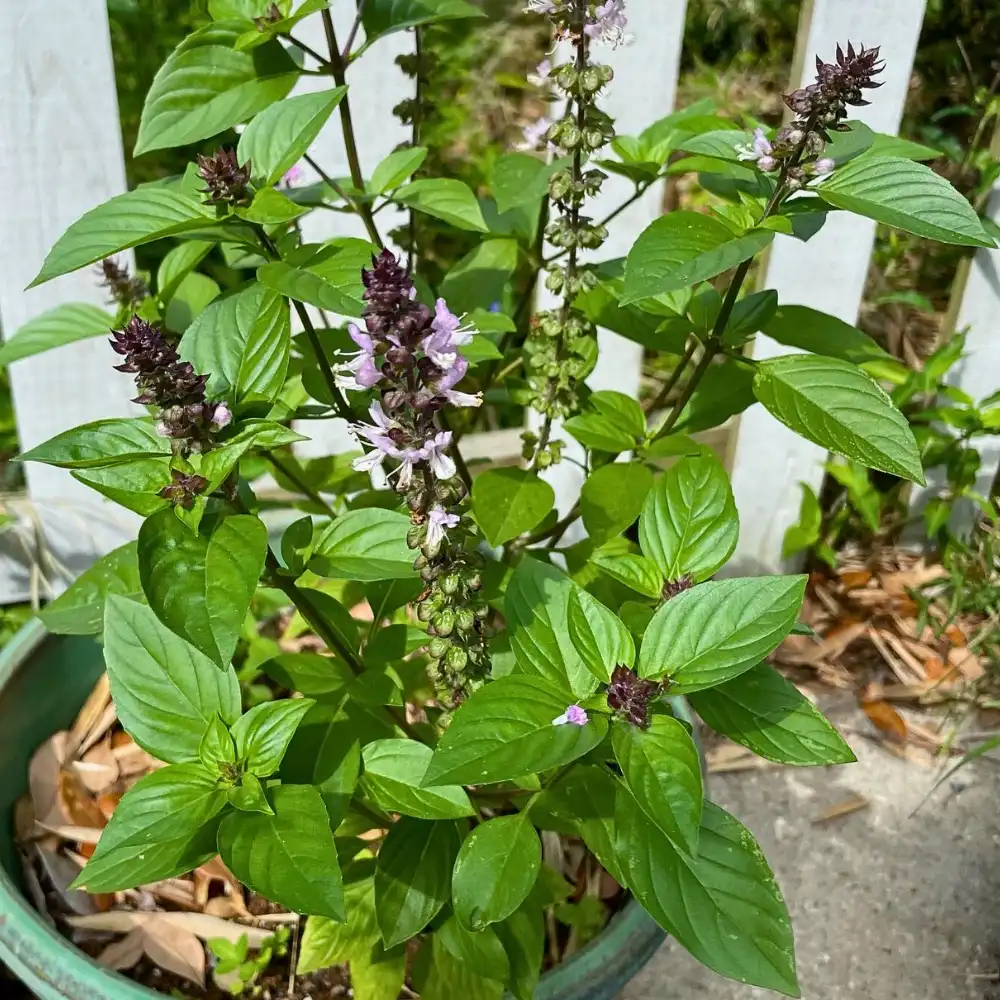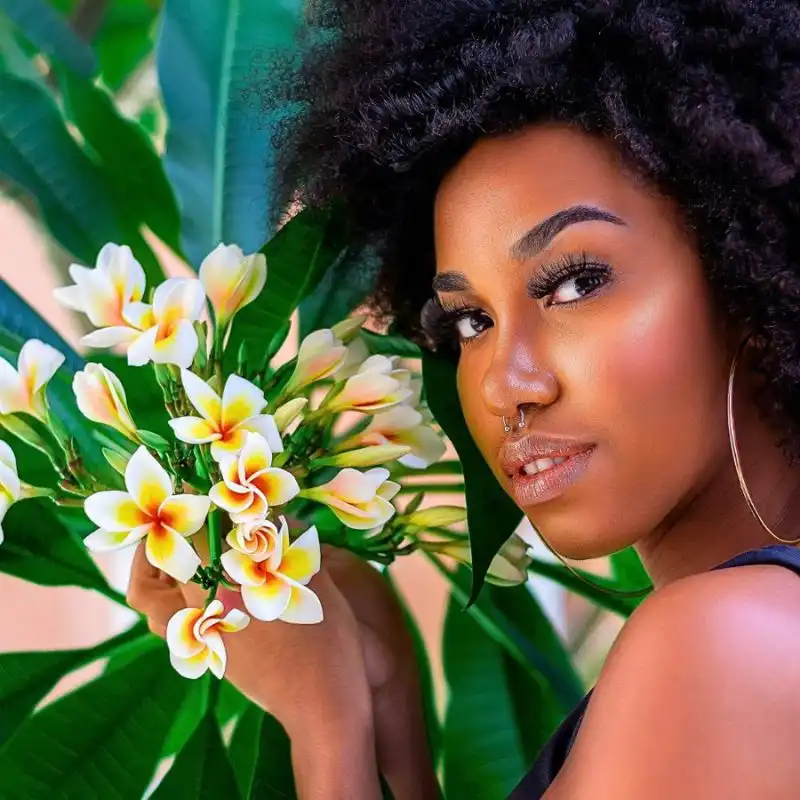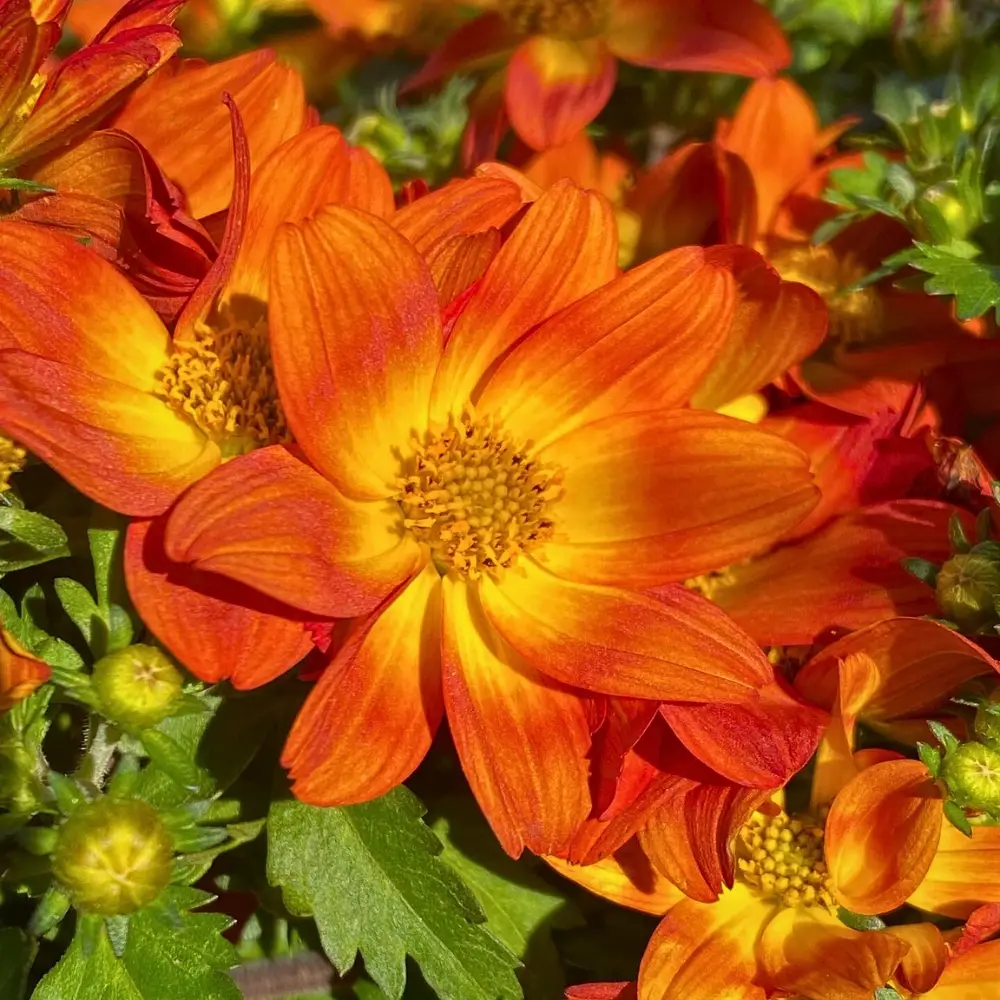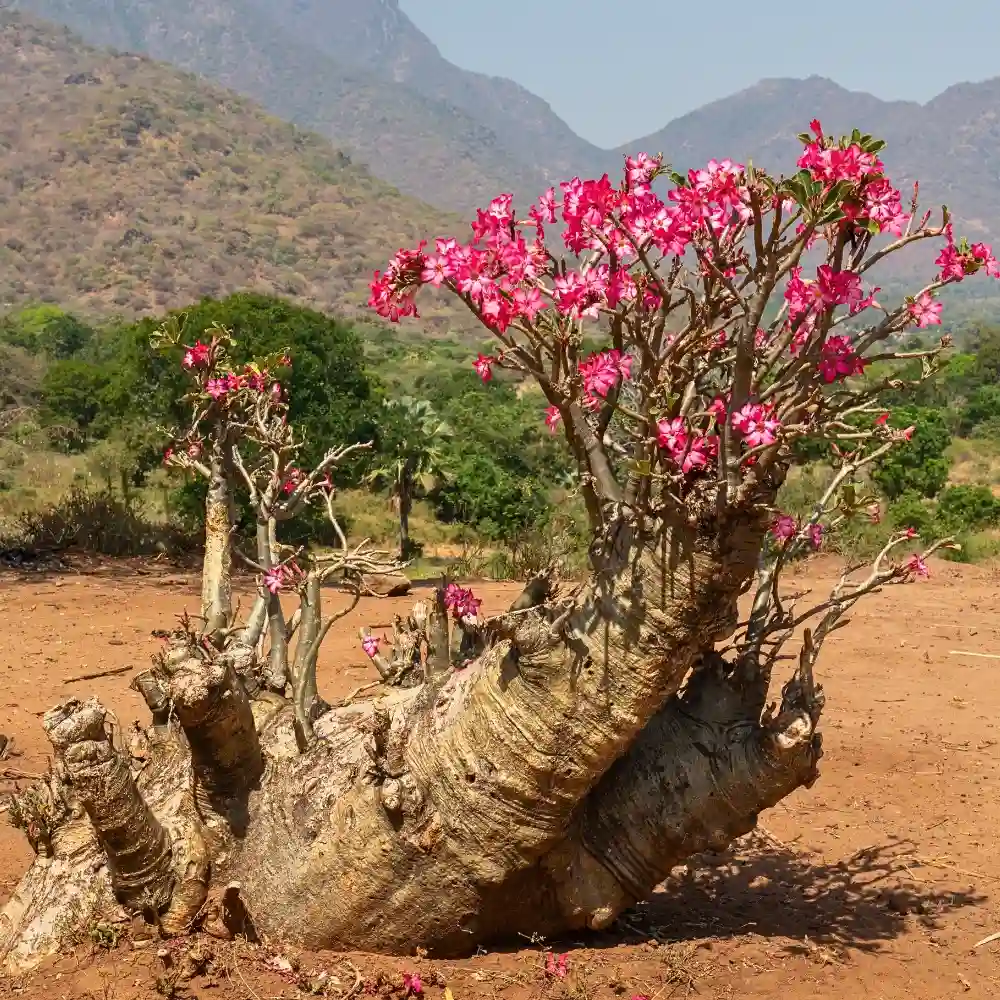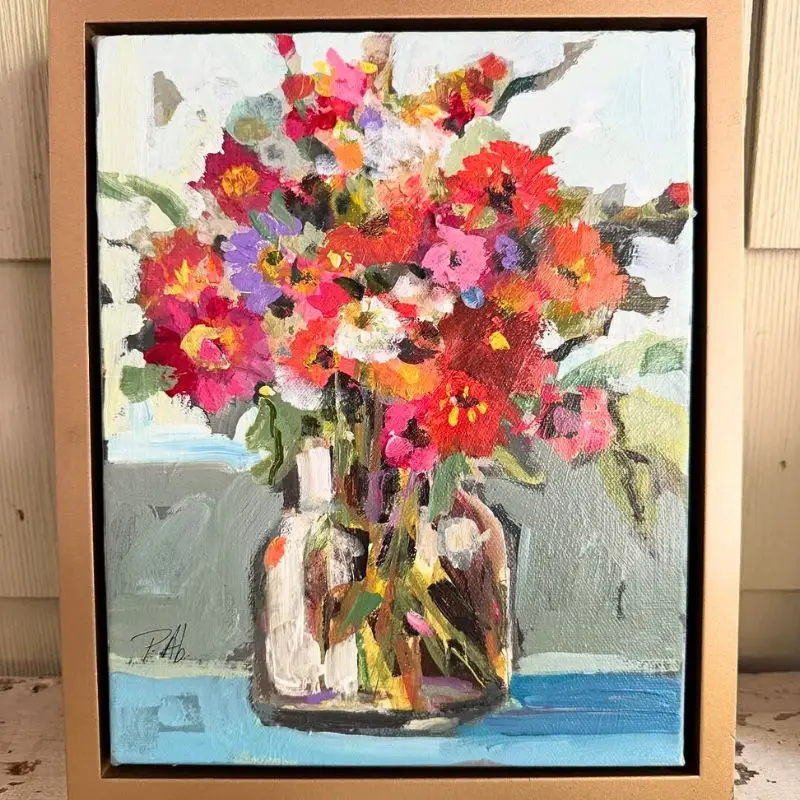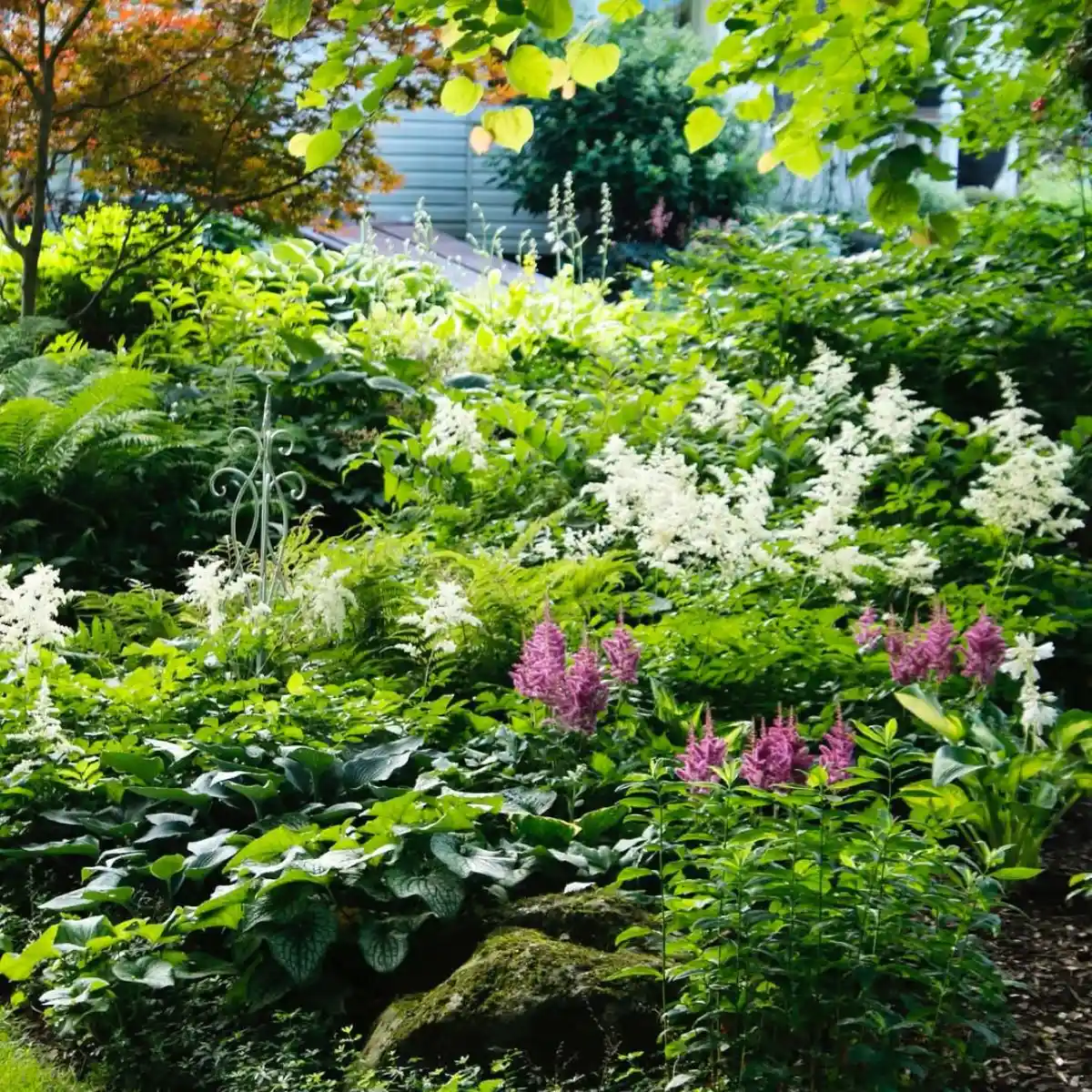Imagine a garden infused with the scent of licorice, abuzz with the activity of bees, birds, and butterflies, and adorned with spires of beautiful blue-purple flowers. Quite enchanting, you'd agree! Now, this delightful image can be brought to life by a garden full of anise hyssop. This charming herbaceous perennial, also known as Agastache foeniculum and commonly called the blue giant hyssop, fragrant giant hyssop, or lavender giant hyssop (or simply, lavender hyssop), is an attractive plant that belongs to the Lamiaceae, or mint family.
Not only is it quite something for the senses, but it is also a versatile plant with a rich history and numerous uses, from culinary delights to herbal remedies. The anise hyssop, similarly, easily thrives in border, wildflower gardens, herb gardens, and butterfly gardens, where it adds color and fragrance therein. But aside from its many exceptional qualities, there is more to this plant that meets the eye. Its historical use, cultural significance, and benefits that go beyond aesthetic appeal make it special.
Anise Hyssop a.k.a Agastache Foeniculum
Scientifically known as Agastache foeniculum, the anise hyssop is a native perennial belonging to the central and western regions of North America, spanning from Canada to the Great Plains and the Rock Mountains. It is also found in the Upper Midwest, where the species is tolerant to deer and drought and is regularly visited by pollinators.
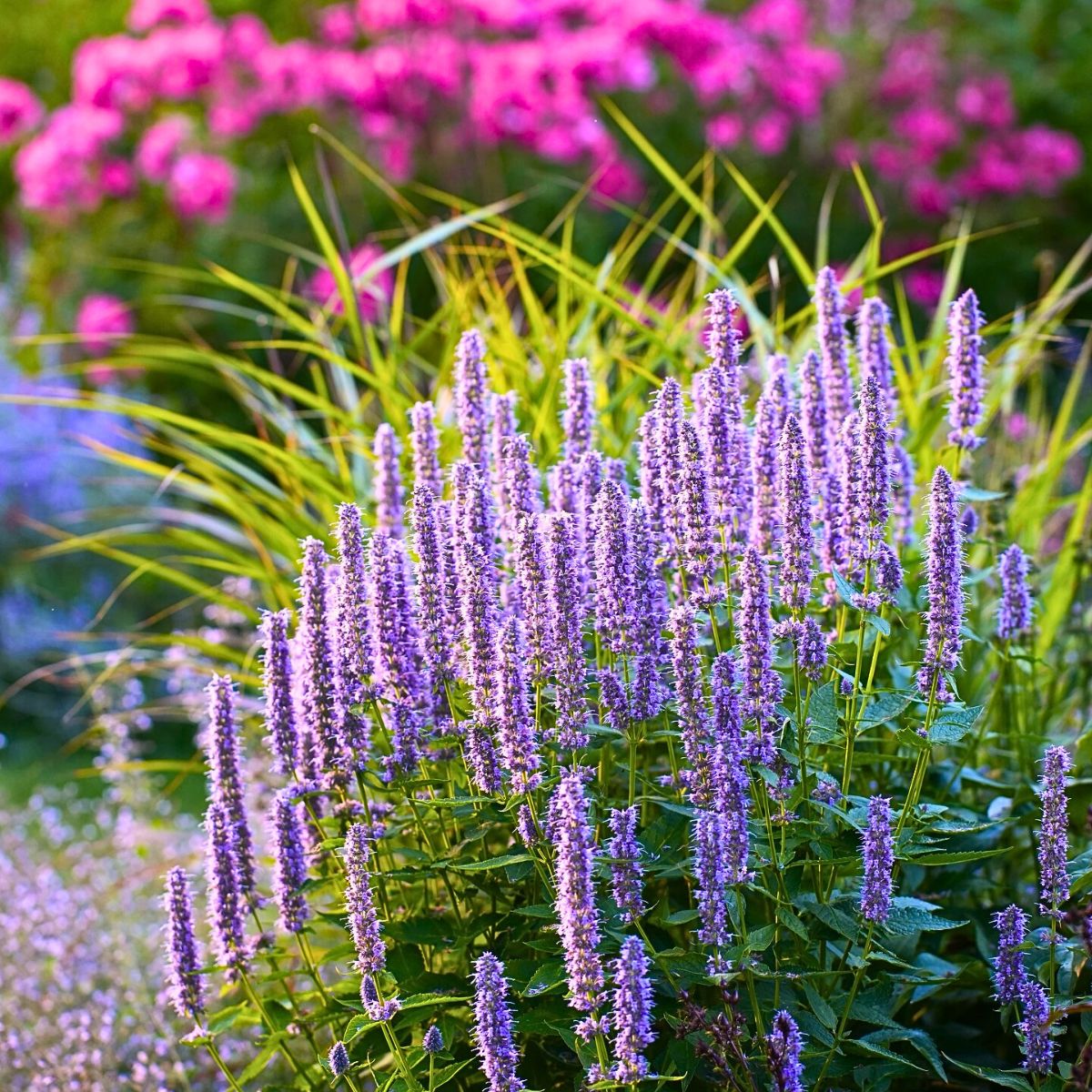
Photo by @hortusinspirante
Also, there are many types of anise hyssop. The bloom colors of its different hybrid varieties range from pink to creamy white, powder blue, and red-violet.
But that aside, the perennial's name reflects its distinctive licorice-like fragrance, which is reminiscent of the anise seed. The term 'hyssop,' on the other hand, is derived from the Greek word 'hyssopos,' which was used to describe various aromatic, herbaceous plants. The specific epithet 'Foeniculum' further reinforces the plants' anise-like aroma, as it is a nod to the fennel plant, which also shares similar scent notes.
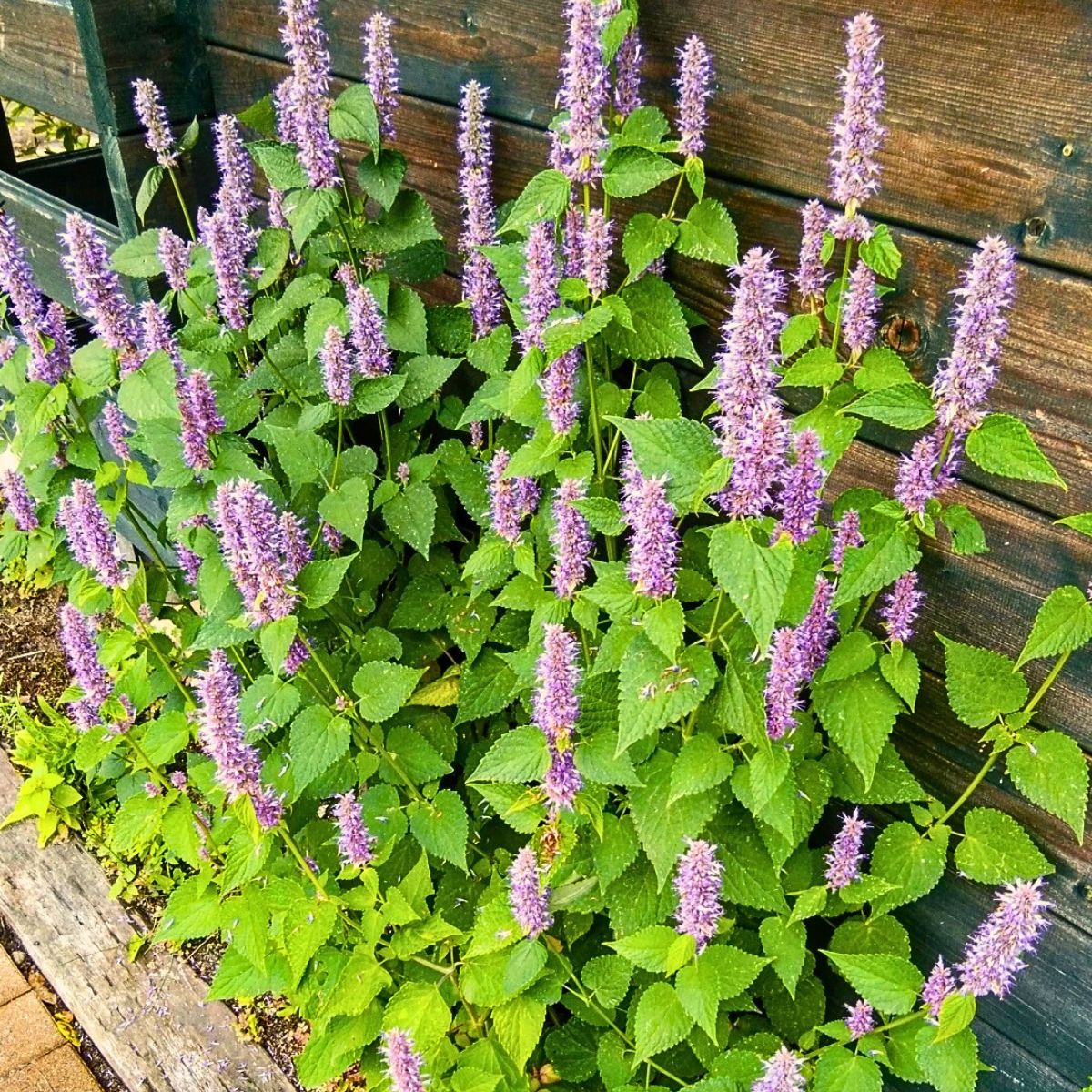
The anise hyssop's rich history is evidenced in its wide use by indigenous communities for centuries as a medicinal and ceremonial herb. These indigenous people, Native American tribes, in particular, have long valued the plant for its versatility and resourcefulness. They, for instance, brewed the plant's leaves into teas to treat various ailments and used it in different ceremonies.
In the later years, the vibrant purple flowers, a fragrance-like licorice scent, and typical culinary and medicinal uses have continued to guarantee that this flowering perennial remains quite an attraction for gardeners, herbalists, and gastronomic enthusiasts. And despite its varied name, the plant's unique characteristics make it easy to identify in any garden.
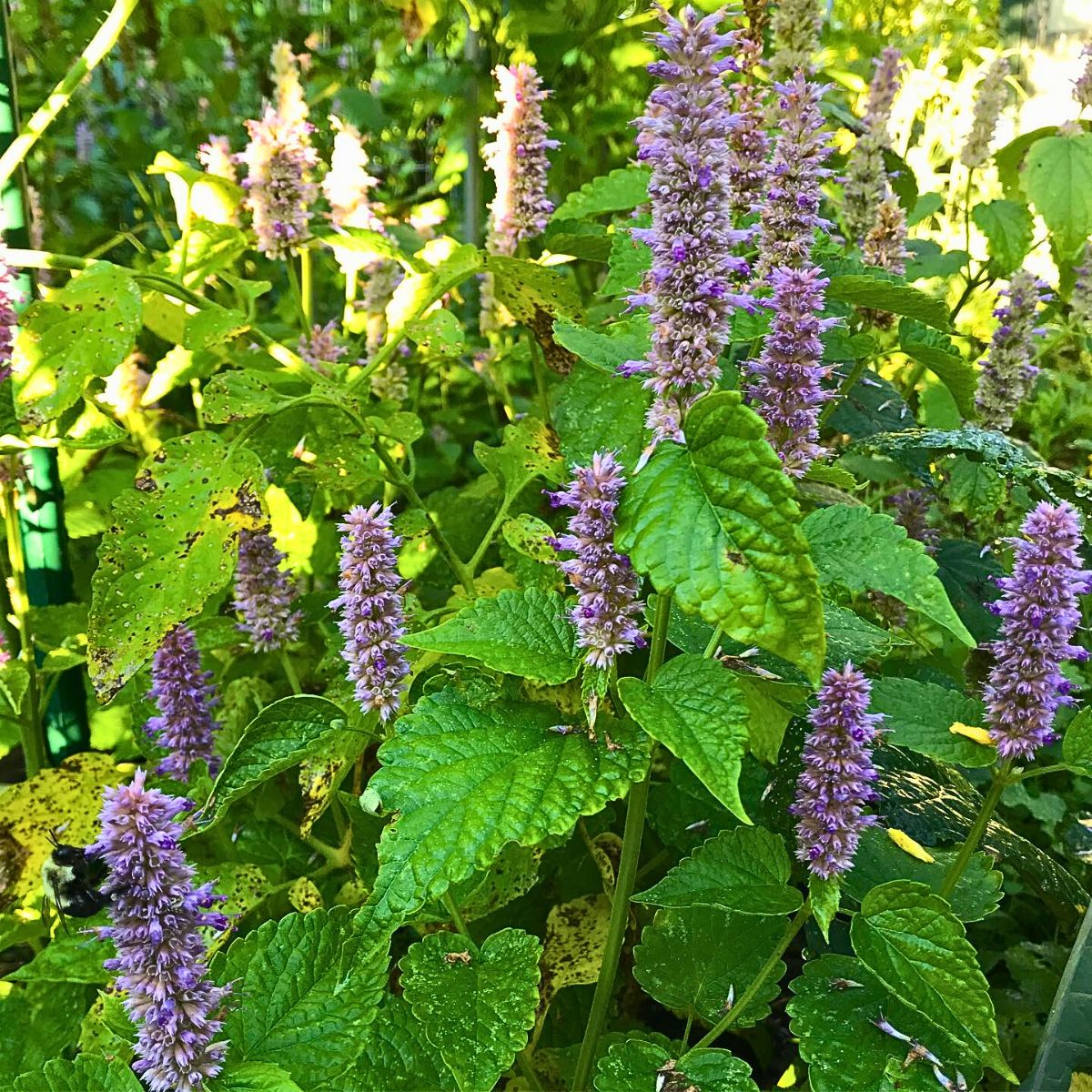
Photo by @petalsandwingsimages
Symbolic Meaning and Uses of the Anise Hyssop
The anise hyssop holds a deep symbolic meaning and has a rich history of use in various cultures. In Native American traditions, it was revered for its medicinal properties and was often used in ceremonial smudging rituals as well. The plant was believed to have purifying and cleansing properties, and its fragrance was thought to attract positive energies.
In many folklore, it was believed to ward off evil spirits and negative energy. The plant's eye-catching flowers and pleasant aroma also make it a symbol of beauty and wellness.
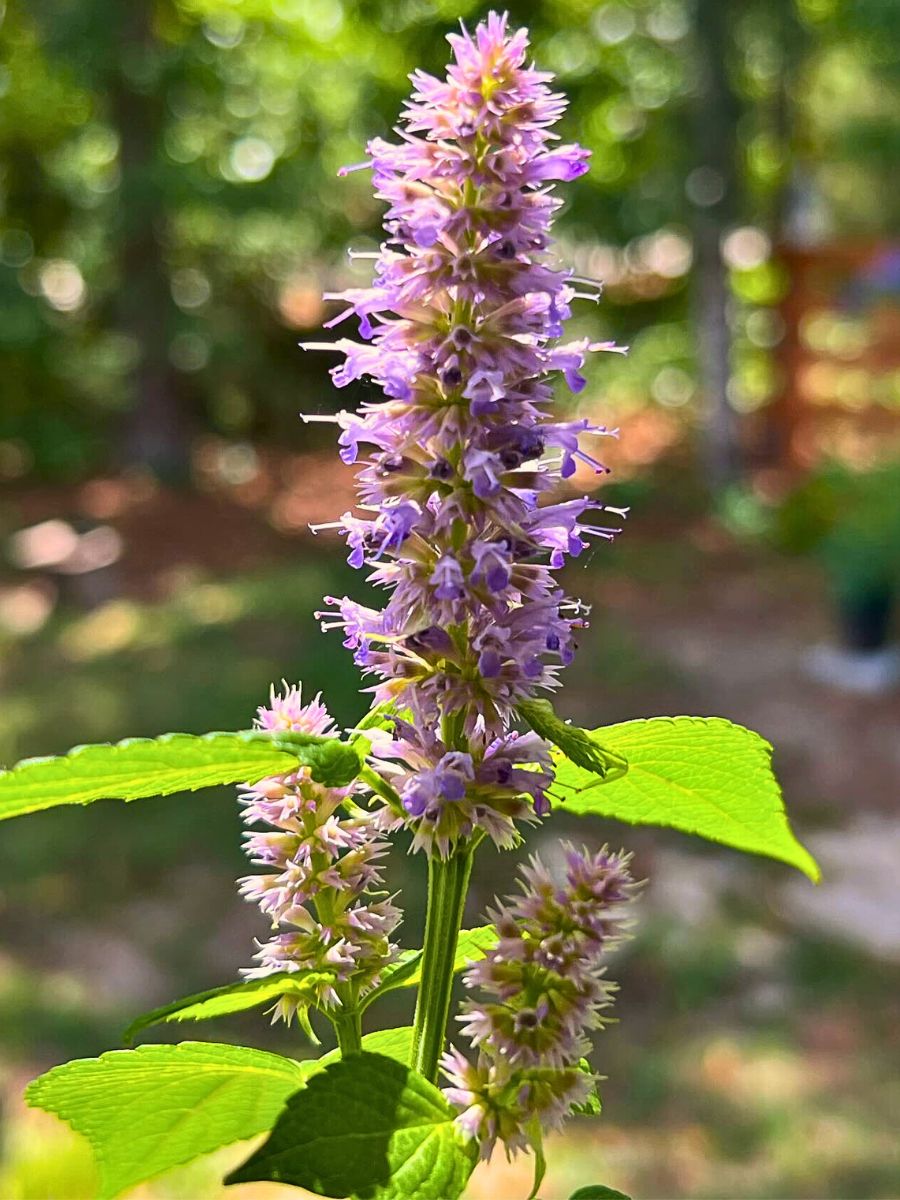
In the language of flowers, the anise hyssop is associated with qualities such as fragrance, protection, and a connection to the divine. Its vivacious purple hues are also linked to themes of royalty, spirituality, and the divine feminine. The anise hyssop's versatility further extends beyond its symbolic significance. It has a long history of culinary and medicinal applications. Its licorice-like leaves and flowers can be used to flavor teas, baked goods, and even alcoholic beverages. Herbalists have also harnessed the plant's antispasmodic, expectorant, and anti-inflammatory properties to create natural remedies for various ailments.
Incorporating the Anise Hyssop Into One’s Daily Life
Regardless of whether one is a seasoned gardener or a nature enthusiast, the anise hyssop offers many opportunities to enhance one's life. Its fragrant leaves and flowers can, for instance, be used in culinary creations. One can infuse teas, lemonade, or even cocktails with its distinctive licorice-like flavor, bake it into cakes, cookies, or pies, or still yet, use the leaves as a fragrant garnish for savory dishes. It is just that versatile!
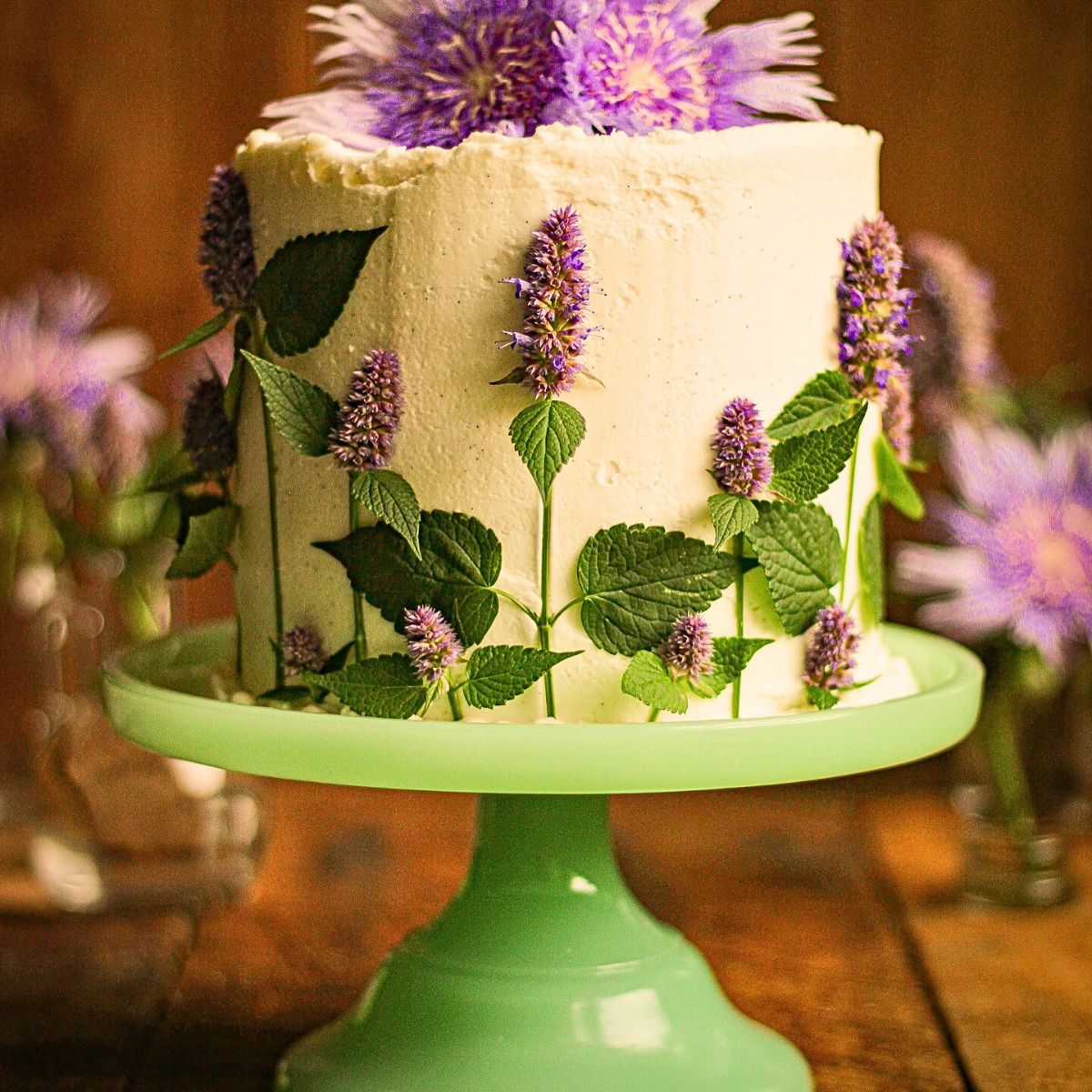
Photo by @mustloveherbs
This plant's flowers are, as a matter of fact, some of the best for the purposes of baking, cooking, and making drinks. You can, therefore, try them in your culinary delights.
One can also harness the anise hyssop's medicinal properties by making herbal tinctures, teas, or salves. The plant's antispasmodic and expectorant qualities further provide relief for respiratory issues, while its anti-inflammatory properties can be beneficial for skin conditions. More than that, the Anise hyssop's captivating fragrance makes it an ideal choice for use in aromatherapy and spiritual practices. One can burn the dried leaves or flowers as incense or incorporate the essential oil into meditation rituals or sacred spaces.
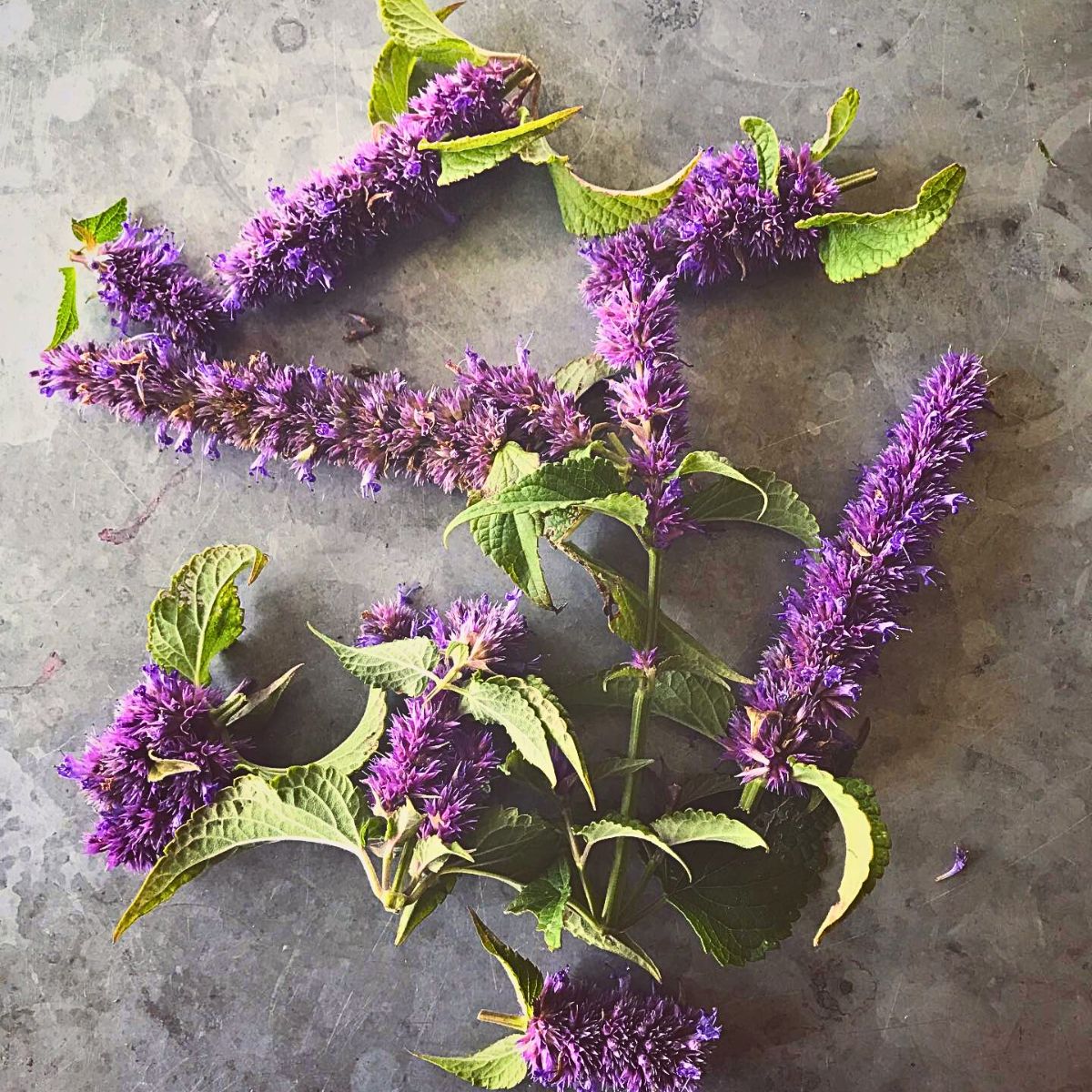
Plus, adding the anise hyssop to gardens creates a welcoming setting for pollinators such as large native bees, butterflies, and hummingbirds, where its nectar-rich blooms provide a valuable food source and help support the local ecosystem.
Cultivating and Adding the Vibrant Beauty of Anise Hyssop to Any Garden
The anise hyssop thrives in a wide range of climates and soil conditions. It is particularly well-suited to USDA Plant Hardiness Zones 4-9. These zones cover a wide range of climates, from very cold winters in Zone 4 (-30°F to -20°F) to milder winters in Zone 9 (20°F to 30°F), a diversity that allows for a variety of plants to grow and populate across these regions.
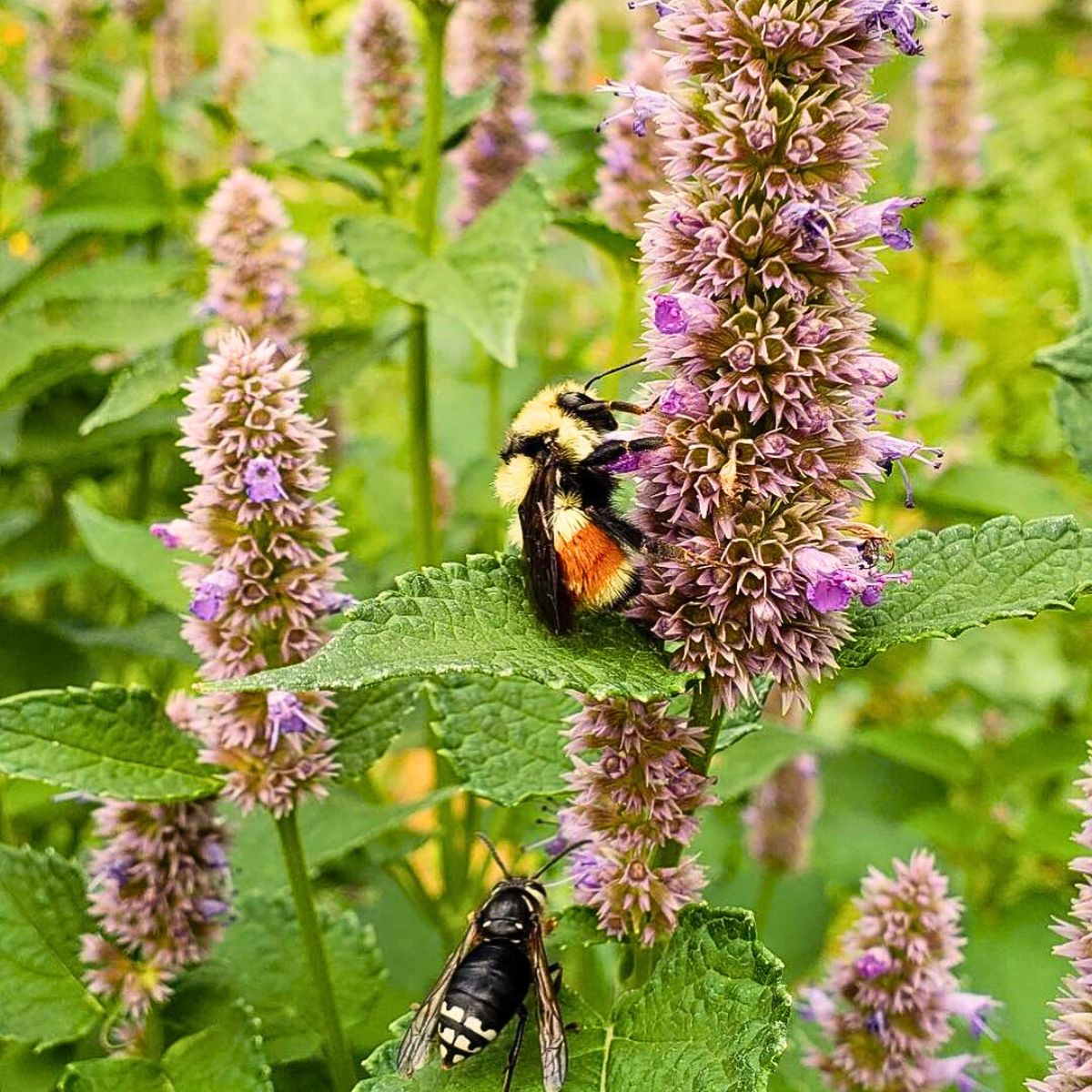
Given that anise hyssop prefers full sun and well-drained soil, it is drought tolerant once established while blooming from mid-summer to early fall; it can, therefore, flourish and self-seed in these regions, creating a naturalized, low-maintenance presence in gardens, where its blue-lavender to purple flowers attract bees, butterflies, hummingbirds, and other pollinators.
Anise hyssop is otherwise cultivated in various regions across the world. Though native to much of Northern-Central and Northern North America, it has gained popularity globally due to its aesthetic and functional qualities. In Europe, particularly in countries like the UK and Germany, gardeners appreciate it for its ornamental value and its ability to attract pollinators when standing alongside other European plants and trees. In Asia, the plant is often used in traditional medicine as a healing herb and herbal tea. Its wide adaptability, essentially makes Anise hyssop a true global plant.
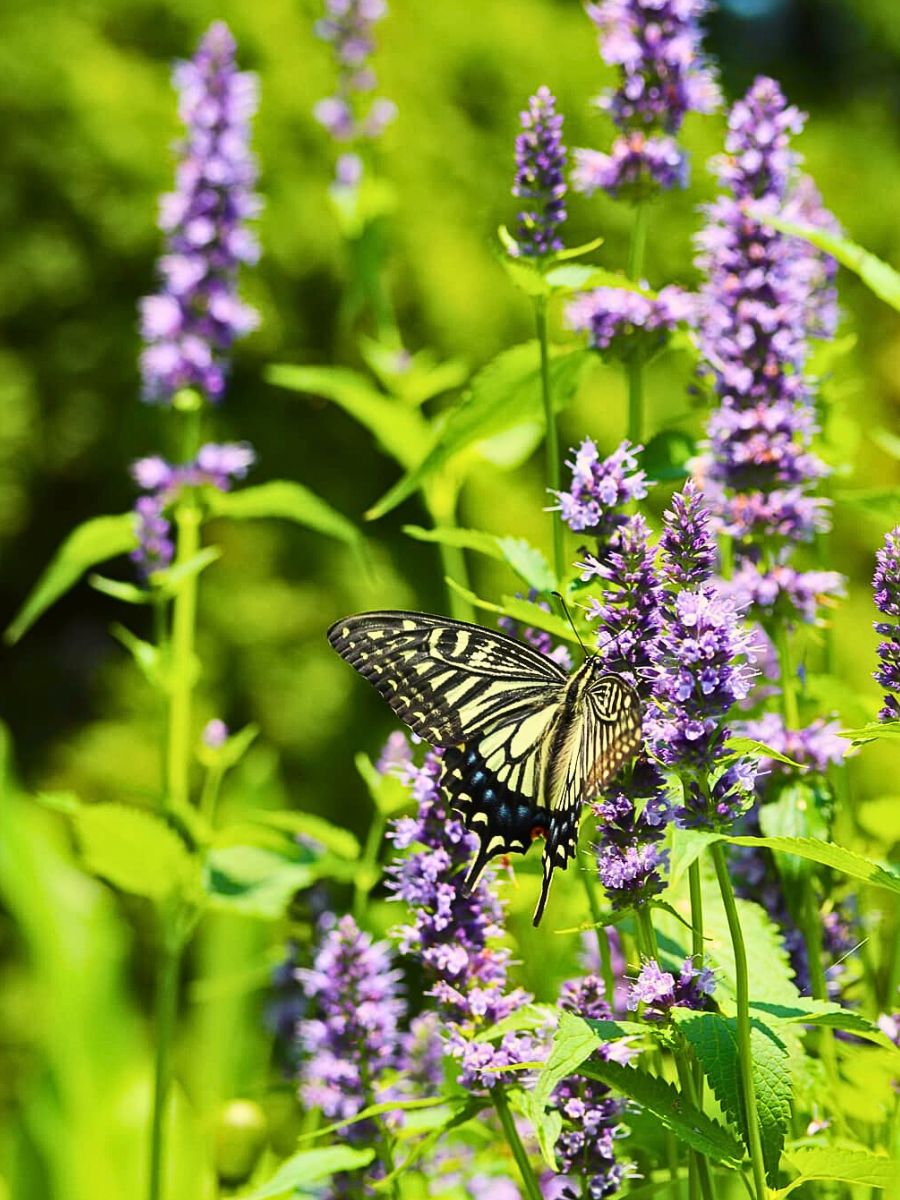
Thriving, as earlier indicated, in borders, wildflower gardens, herb gardens, and butterfly gardens, the plant adds color and fragrance to the settings, and can, furthermore, be useful in containers. This makes it an excellent addition to herbaceous perennials container gardens, where this plant that possesses square stems characteristic of mint family plants infuses the setting with its fragrances.
Anise Hyssop Cultivation and Growth
The fragrant giant hyssop prefers well-drained soil in part sun to full sun. It grows from two to four feet tall and spreads by rhizomes (underground, horizontal roots), and self-seeding in optimum growing conditions. It often blooms from June to September, and deadheading its spent flowers can bring additional blooms.
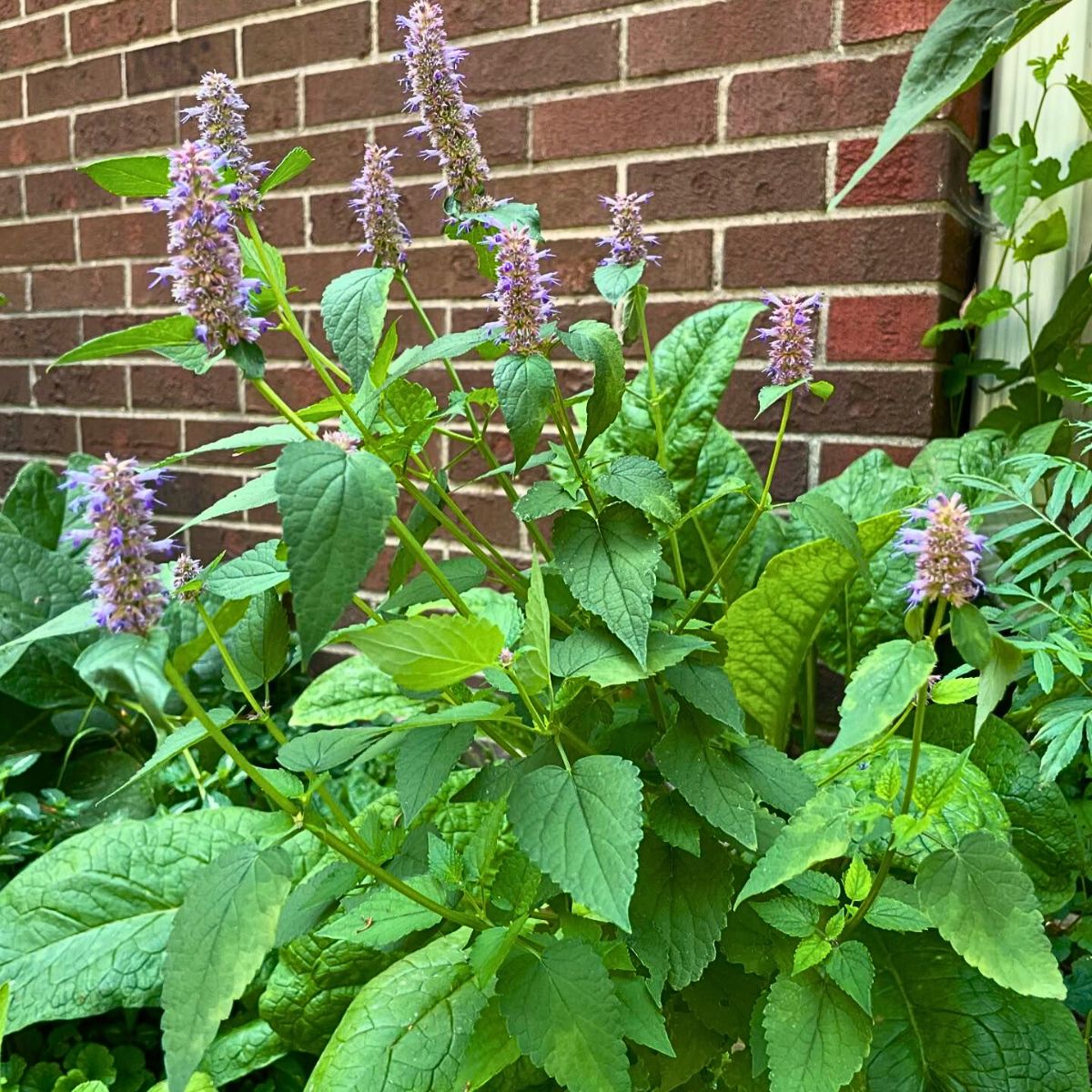
Planting anise hyssop is best done in spring after the last frost. Establish seedlings until early summer, and space them 12 to 24 inches apart in different spaces such as borders, wildflower gardens, herb gardens, or butterfly gardens. It prefers well-drained soil that is fertile and close to neutral pH. Water the newly planted anise hyssop weekly for the first four weeks, and feed it in early spring every other year with organic compost or all-purpose fertilizer. The plant can also tolerate a range of soil types, from sandy to clay, as long as the soil is not overly moist.
The plant can grow to heights of between 2 and 4 feet, with a sprawling, bushy habit that adds texture and visual interest to the garden. One of the Anise hyssop's most charming features is its stunning fragrant purple flowers, which bloom in terminal spikes from mid-summer to early fall and attract many pollinators. Thus, the Anise hyssop is quite a valuable addition to any wildlife-friendly garden.
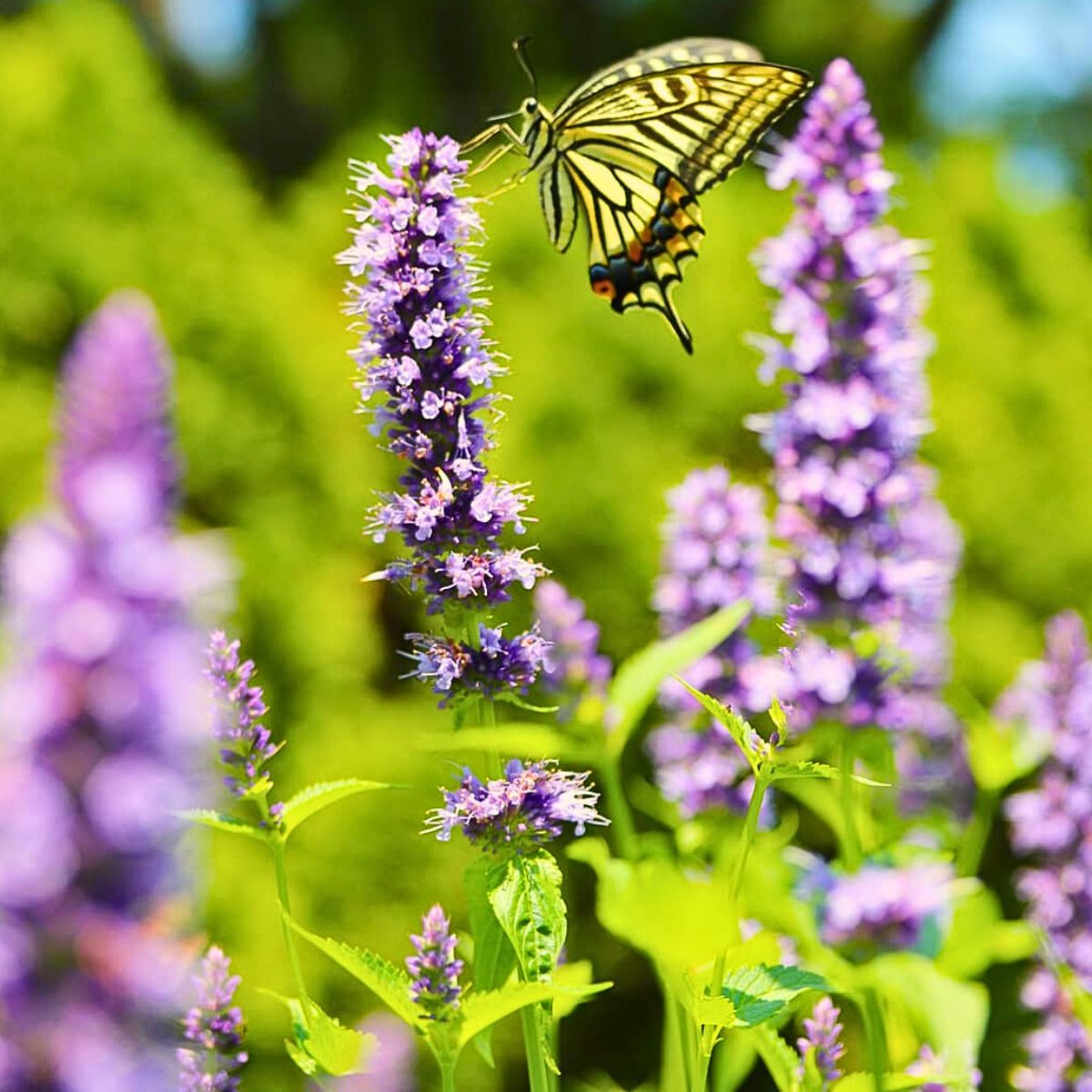
Photo by @kazuhiko_0719
Caring for the Anise Hyssop to Ensure a Thriving Plant
Maintaining the health and vigor of the anise hyssop is relatively straightforward. Here are some easy-as-pie tips for providing optimal care.
Planting and Propagation
One can start planting anise hyssops from sowing seeds, cutting, or division. If planting seeds, sow them in the spring. Lightly cover the seeds with soil and keep them moist until they germinate, usually within two to three weeks. You can, then, transplant the seedlings outdoors.
When it comes to cuttings, take a healthy stem from an established plant, remove the lower leaves, and place it in water or moist soil until roots develop. Division is another effective method, best done in the spring or fall. Divide the plant's rhizomes in the spring or fall to create new plants.
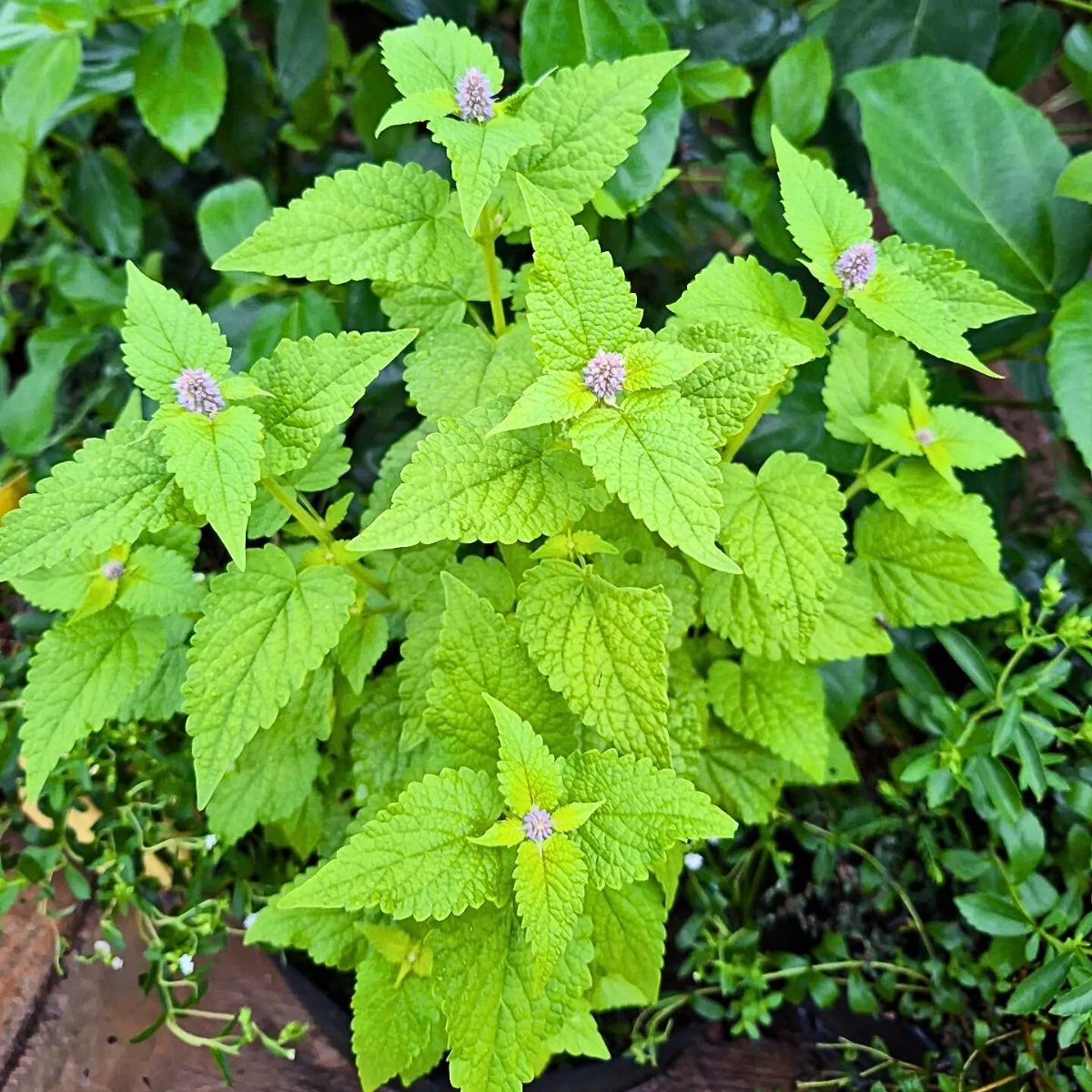
Photo by @mykitchengardenn
Watering and Soil Needs
The anise hyssop is drought-tolerant once established. But it will benefit from regular watering during the first-year of its growth. Keep the soil consistently moist, but not waterlogged. As the plant matures, it can tolerate periods of dryness. This is a quality that makes it a low-maintenance choice for gardeners.
Sunlight Requirements
The plant thrives in full sun. It requires at least six to eight hours of direct sunlight per day. In areas with intense heat, providing some afternoon shade can help prevent leaf scorch and maintain the plant's lush lime-green foliage.
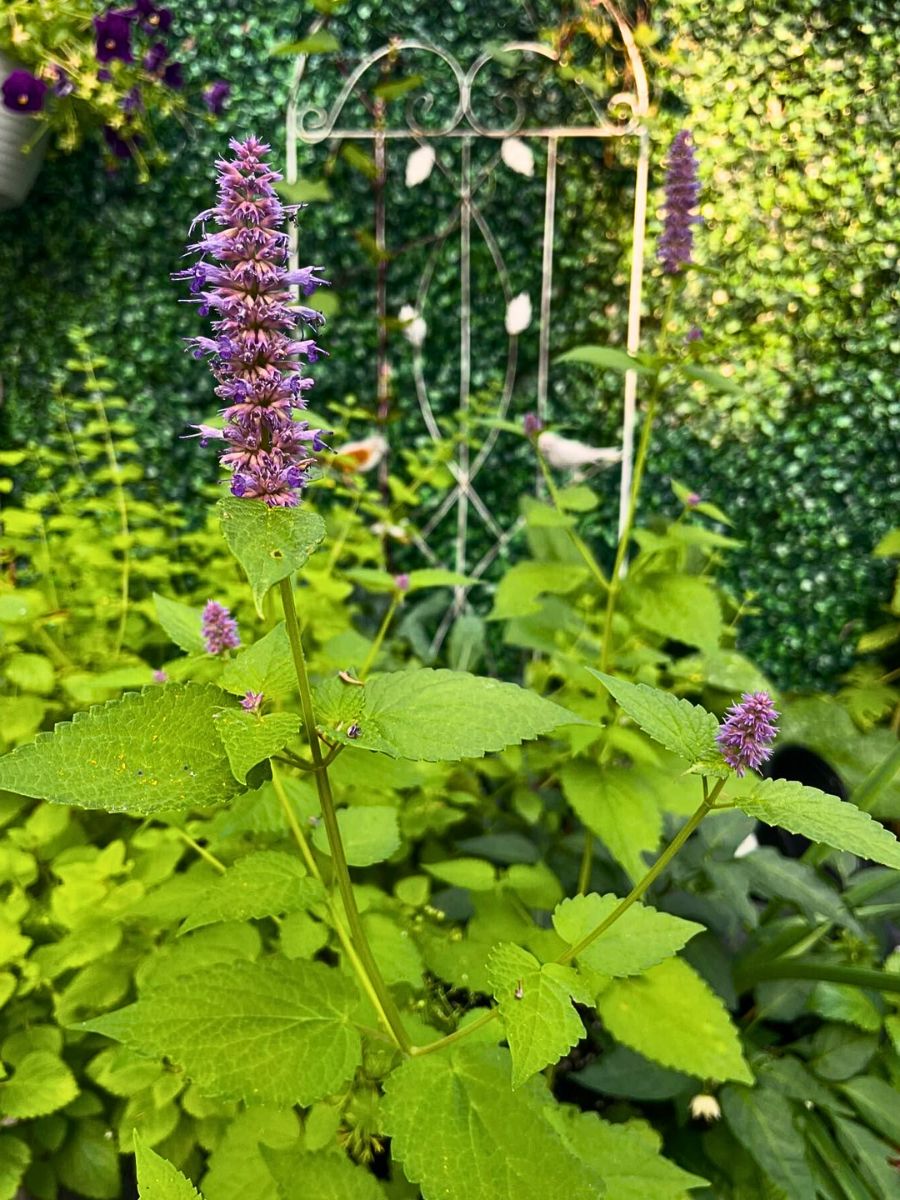
Pruning and Deadheading
Regular pruning and deadheading can help maintain the anise hyssop's compact, bushy habit and encourage a prolonged flowering season. After the initial bloom, deadhead the spent flower spikes to stimulate the growth of new blooms. Also, prune the plant back by a few inches in the fall to prepare it for the winter months.
Regrowing After Overwintering
In colder climates, the anise hyssop may die back to the ground during the winter. However, its robust root system will allow it to reemerge in the spring. To ensure the plant's longevity, apply a layer of mulch around the base to insulate the roots.
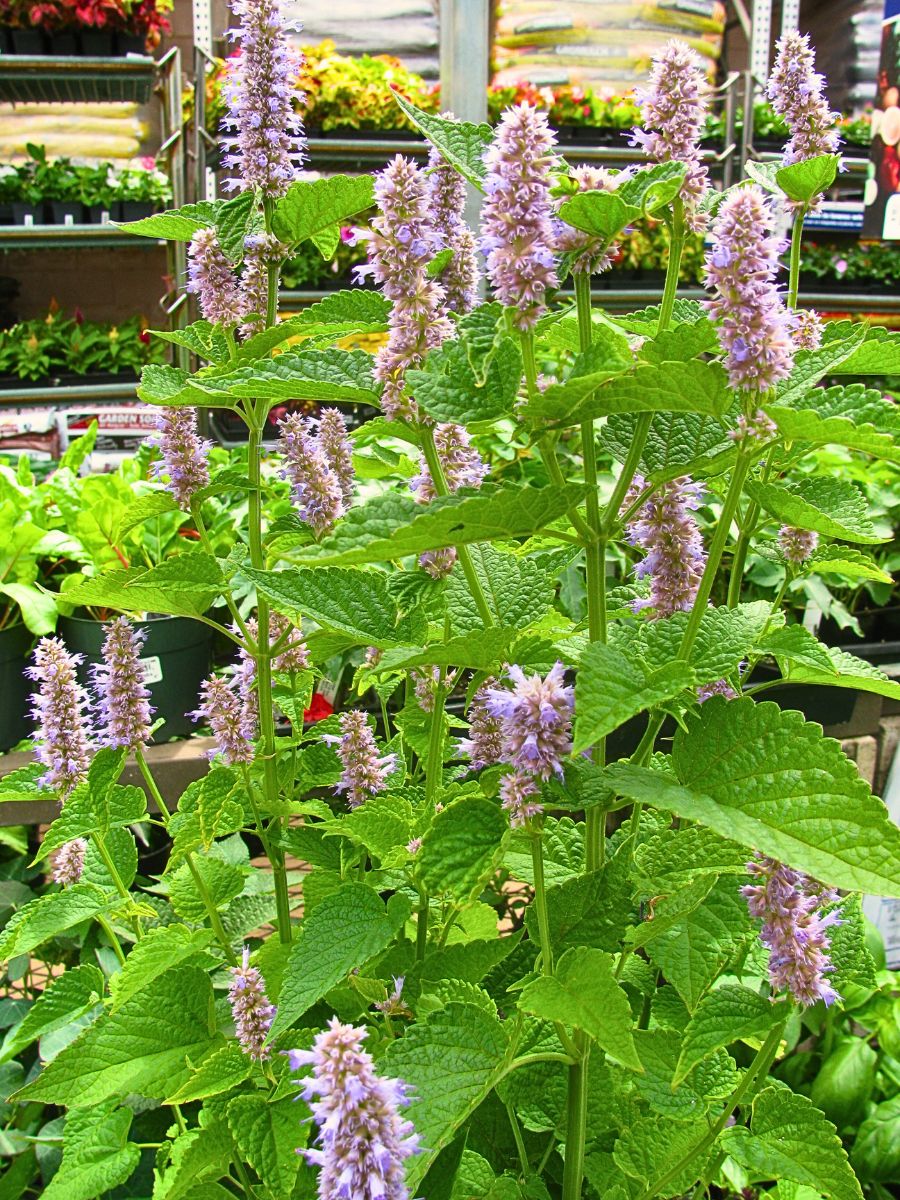
With that, it hardly matters whether one is a seasoned gardener, gardening enthusiast, or a budding plant parent because the relatively easy-to-cultivate anise hyssop promises to add beauty and fragrance to their gardens or green spaces while remaining a utility perennial.
Feature image by @hortusinspirante, header image by Jeangagnon

